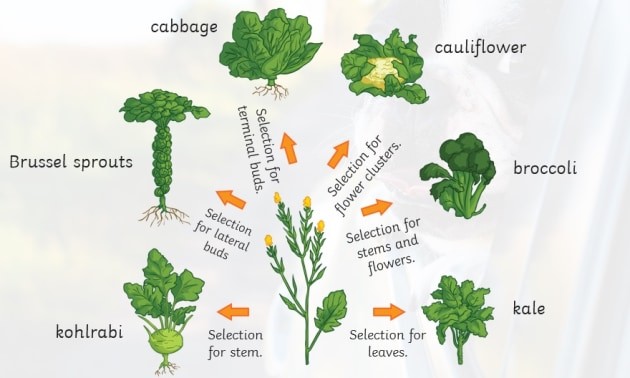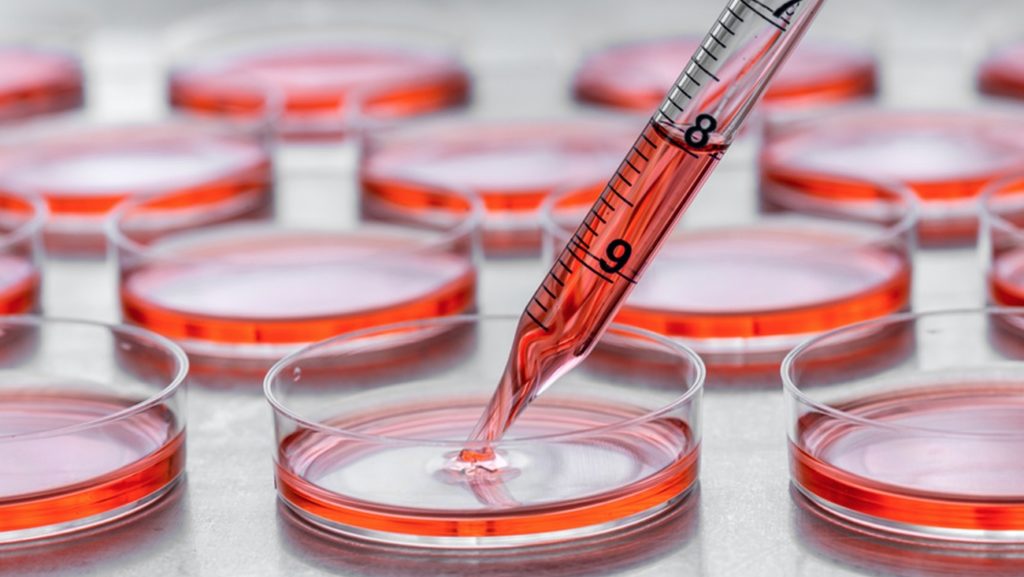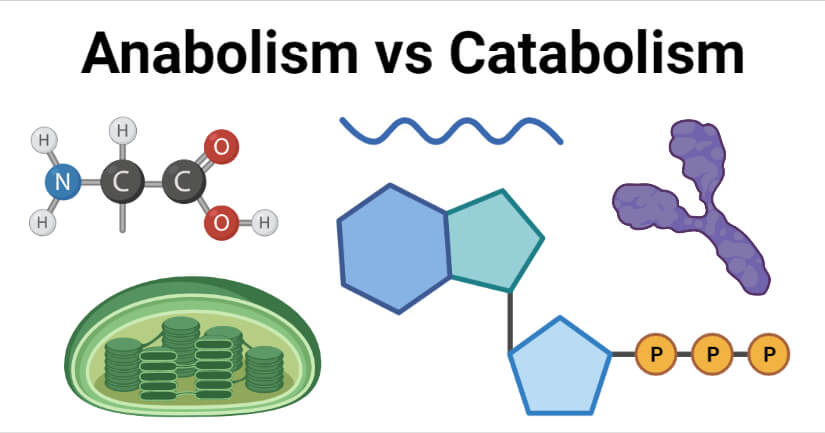Selective Breeding | Introduction, Types and Examples
What is Selective Breeding: Selective breeding is selecting certain individuals with desirable traits to produce offspring with those same traits. It has been used for centuries to improve the quality of plants and animals. In selective breeding of animals, selected males are often used to father many offspring, while females chosen are allowed to have fewer litters. This… Read More »










